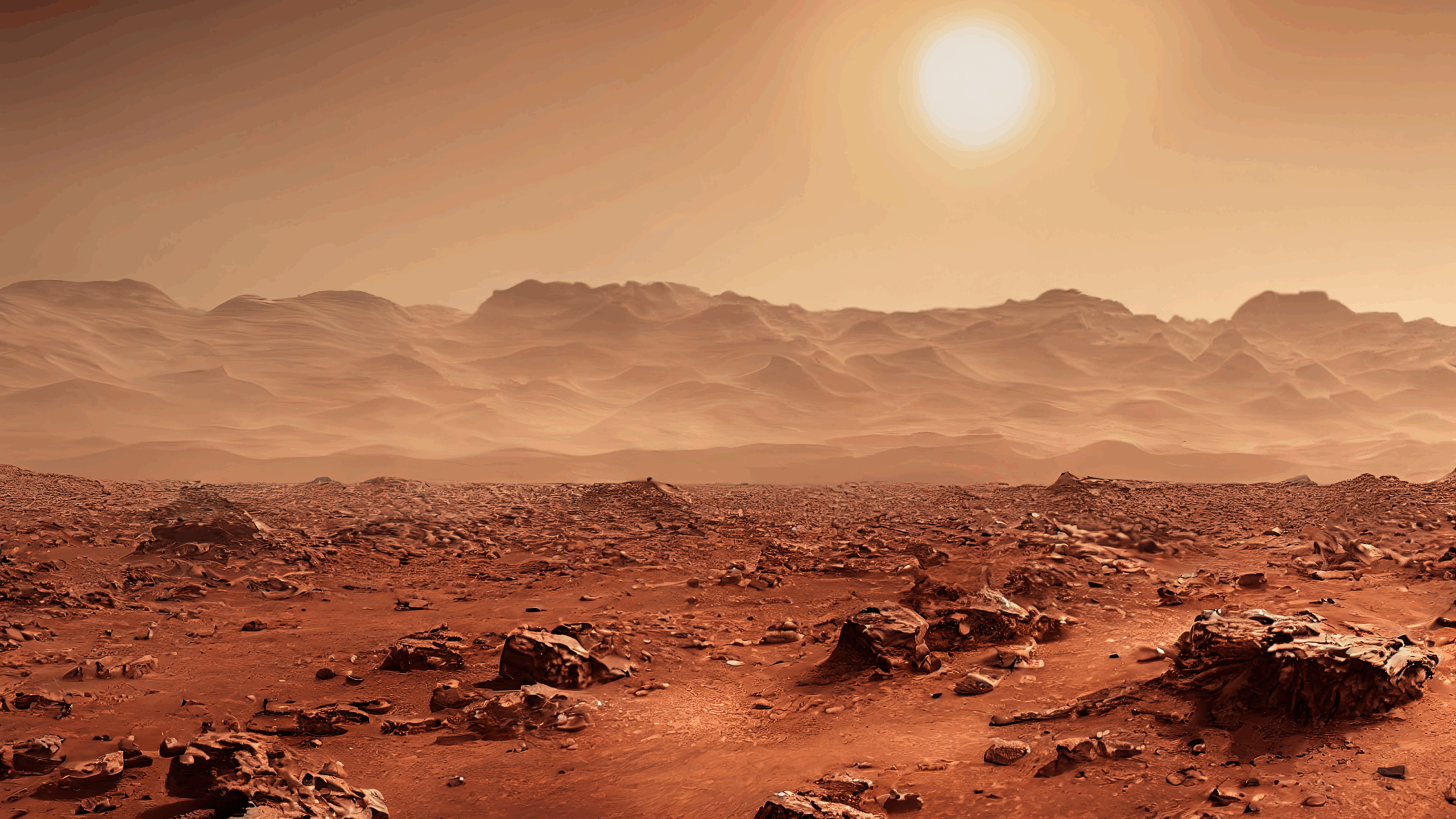“Mars has become a kind of mythic arena onto which we have projected our Earthly hopes and fears.”
– Carl Sagan, Cosmos
Scientists and engineers alike have long been fascinated by Mars. Its relatively short travel time of six and a half months, its Earth-like day-night cycle, and the evidence of a once warmer, wetter atmosphere make it a prime candidate for potential habitation and research. Venturing to this neighboring planet could unlock secrets about the origins of life, teach us about Earth’s own history, and even inspire new technologies with applications here on Earth.
The potential for human travel to Mars, whether for short visits or permanent settlements, raises a host of hurdles. Could humans truly thrive on the Red Planet? What technological hurdles must we overcome to safely transport people there and back? And how could we sustain life in such a harsh environment, providing necessities like oxygen, water, and food?
It Takes a Village to Get to Mars
The challenges of a Mars mission are immense, demanding expertise from a vast array of scientific disciplines. Mark Watney, the fictional astronaut stranded on Mars in the movie The Martian, sums up some of the key challenges: “If the oxygenator breaks down, I’ll suffocate. If the water reclaimer breaks down, I’ll die of thirst. If the hab breaches, I’ll just kind of implode. If none of those things happen, I’ll eventually run out of food and starve to death. So, yeah…”
An academic program would need a multidisciplinary approach to these challenges. Imagine a “Mars Program” where scientists, engineers, and logisticians could specialize in areas like using microbes to produce essential materials on Mars, developing innovative 3D printing techniques to build Martian habitats, and managing a complex supply chain. This program would tackle the hurdles of creating fertile soil from Martian regolith, ensuring reliable transportation with reusable spacecraft, and generating sustainable energy through advanced solar or nuclear technologies. Perhaps most critical is the development of closed-loop life support systems that minimize reliance on Earth by extensively recycling resources. Overcoming these challenges will require collaborative efforts in fields as diverse as biology, engineering, materials and environmental science, business, and communications.
Employment: Not just for Scientists and Engineers
Data shows that recent graduates finding employment in the space and defense industries majored not only in the expected fields like engineering and computer science, but also in business, cybersecurity, and supply chain management. This highlights the vast scope of a Mars mission, requiring expertise far beyond traditional aerospace engineering.
At NASA’s Jet Propulsion Laboratory, for instance, job opportunities extend to areas like advanced dynamics modeling for space travel and strategic communications management for mission campaigns. At SpaceX, they’re not only looking for engineers to design life support systems for their Starship spacecraft, but also supply chain managers to ensure the smooth flow of resources for their ambitious launch schedules. Even an environmental technician plays a crucial role, making sure that SpaceX’s operations meet strict environmental regulations. This further emphasizes the diverse skillset needed in the space industry.
These Programs Are On Their Way
Arizona State University’s Interplanetary Initiative is taking a multi-faceted approach to space exploration. They’ve established an interdisciplinary lab where students and faculty can design and test space-flight hardware, and they’re engaging the public with projects like “Space Futures Forward,” which explores the big questions surrounding our future as an interplanetary species. One particularly innovative project, “Port of Mars,” uses a game to study human behavior in simulated Martian communities, offering valuable insights into resource management and cooperation in challenging environments. By combining cutting-edge research, public engagement, and a focus on the human element, ASU is contributing to a future where space exploration benefits all of humanity.
The University of North Dakota is carving its own niche in the space race with a focus on preparing humans for life and work beyond Earth. Their Human Spaceflight Laboratory, in collaboration with NASA, is developing advanced spacesuits, while also supporting the burgeoning private space industry. Recognizing that living off-world will require resourcing, their research extends to planetary mining and the utilization of local resources on celestial bodies. Importantly, they are also tackling the legal and policy implications of space exploration, training students to navigate the complex international and national laws governing activities beyond Earth.
Traveling and living on Mars is a human quest, demanding collaboration in several fields to overcome the challenges of traveling to and living on Mars. Institutions like Arizona State University and the University of North Dakota are already paving the way for a future where Mars is within our reach.
Want to learn more about the programs reshaping the future of higher education? Check out our 2025 5 Emerging Programs webinar to see what’s gaining momentum in higher ed and why it matters now more than ever.




